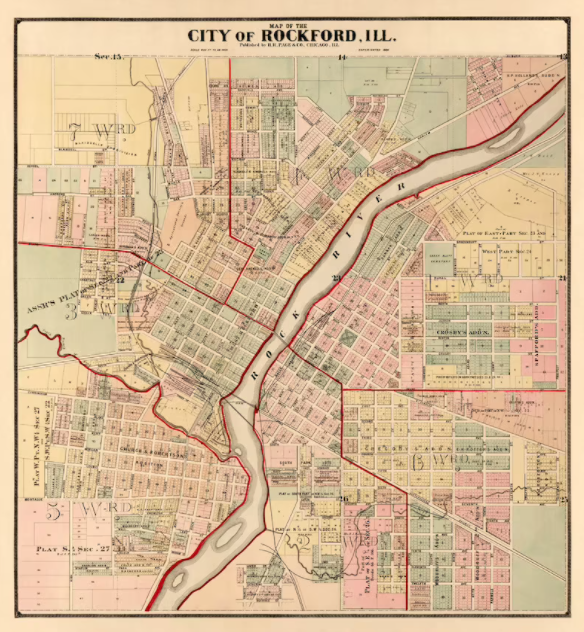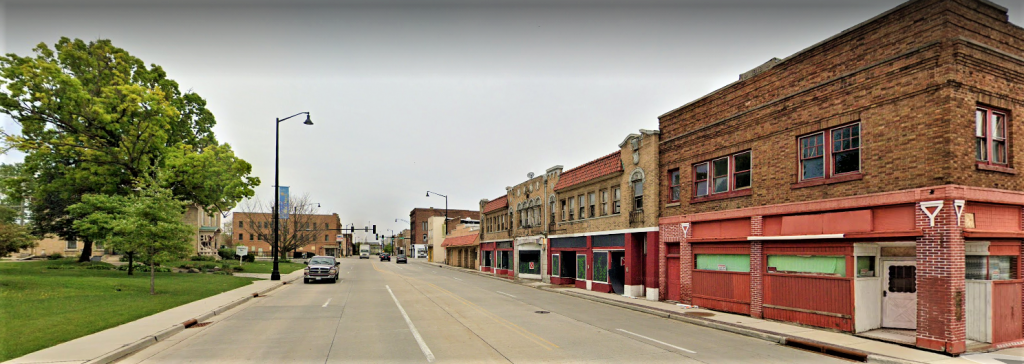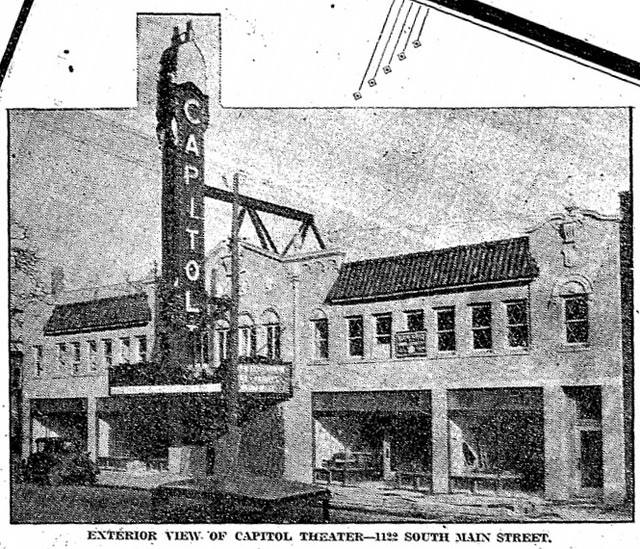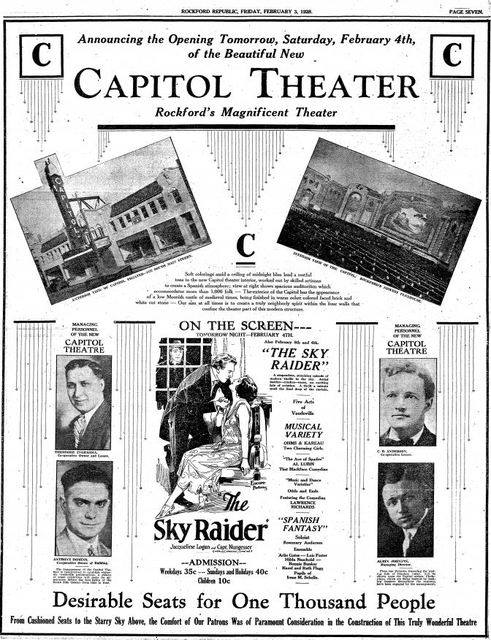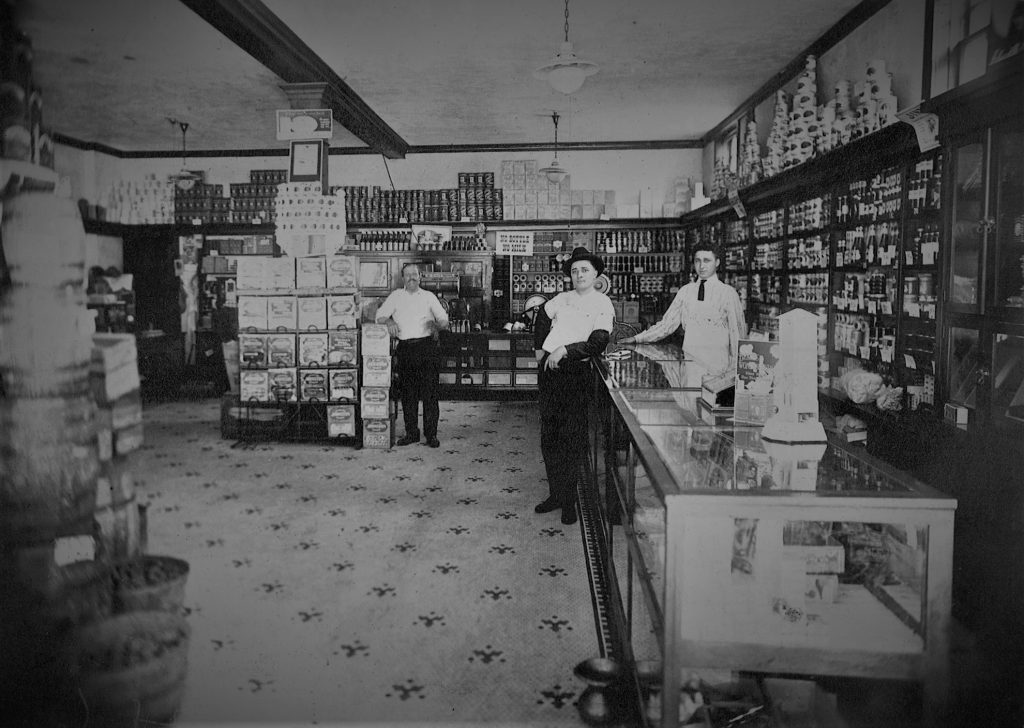The law specified the rates of toll which the company should be entitled to collect for the passage of boats through the locks; and it was given power to detain such craft until the toll should be paid. Daniel S. Haight, Germanicus Kent, Samuel D. Preston, Laomi Peake, Charles I. Horsman, George Haskell and J. C. Goodhue were appointed commissioners to receive subscriptions to the stock. The capital stock was placed at fifty thousand dollars, divided into five hundred shares of one hundred dollars each.
The corporation was given power to increase its capital stock to a sum not exceeding two hundred and fifty thousand dollars. The law expressly provided that the state might, at any time after the construction of the dam and locks, assume the ownership of the same: the state, however, was to keep them in good repair.
All the hydraulic power was to remain absolutely the property of the company. July 22, 1843, books were opened for subscriptions to the capital stock. By an act of the legislature, approved February 11, 1845, the law of 1843 was amended.
In the spring of 1844, the Rockford Hydraulic Company was fully organized. The dam was located a few rods above the present waterworks. Directly above, the main channel of the stream shifted abruptly from the east to the west shore.





